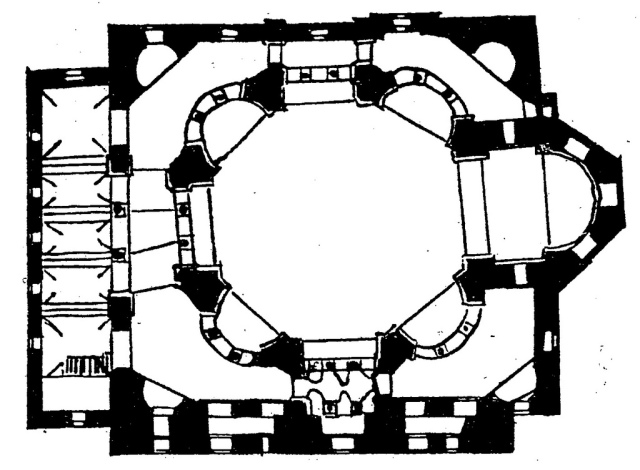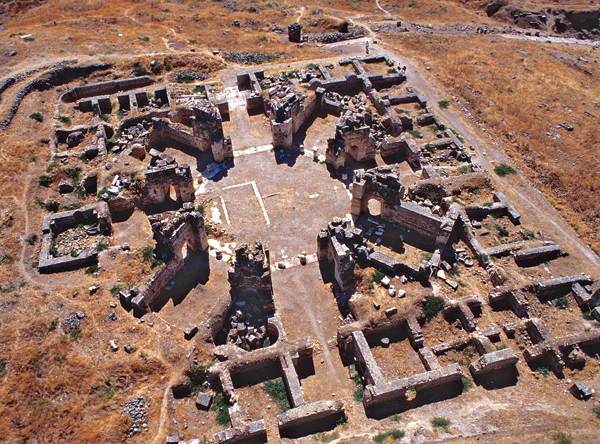I can't claim to have no understanding of why people think at least Chaos;Head's Anime is bad when I myself had originally given up after a few episodes and mentioned that on this blog before. However what I speculated on in that prior reference was that my issue with Chaos;Head was probably the story itself not the Anime as an adaptation. And I never said it was horrible or anything, just that I was having trouble getting into it.
In the years since that first attempt I've gotten more used to VN based Anime of it's type, while still not actually playing VNs themselves. I started the show over from the beginning and wound up giving it a 9 out of 10, then I gave Chaos;Child a bull blown 10.
I give Child a higher score partly because Head is more difficult to get into, the early episodes are a bit disorienting but ultimately that served a purpose and things will get clarified.
What gets me about how hostile to these Anime their VN fanboys who've made YouTube videos on them are, is they keep saying these "horrible" Anime give people bad impressions of these brilliant ingenious Visual Novel masterpieces. But the truth is the only people who think these Anime are horrible abomination are VN fanboys overreacting to even the slightest creative adaptation choices they don't like. Non VN fans who just watched it like they did any other Anime at worst simply went "meh" and moved on.
Their average MAL rating is between a 6 and 7, that's between Fine and Good. Given all the 1s and 2s being hurled at these shows from those haters, clearly there are many who also gave it higher ratings then the average. I haven't written any reviews for these shows on MAL, among those who have are people giving them 8s, 9s and even 10s.
Most 5s, 6s and 7s given on an out of 10 rating system generally mean one of two things. Either that person respected the execution but just couldn't get into the premise or the characters, or they see the potential value in the premise, characters and story but had issues with the execution. The latter group are probably fully prepared to assume it's something great in it's source material. And the former were not going to get into that VN even if VNs are a medium they're into.
To RedBard specifically, the problem with these Anime seems to begin with them being single cour, unlike Steins;Gate and Robotics;Notes which had 2 cour Anime. Everything more specific is really the same stuff VN fanboys whine about in the VN based Anime widely considered to be great, even Steins;Gate isn't immune to these complaints. Every YT video about recommending these VNs with little comment on the Anime doesn't mention any vital story element or themes the Anime hadn't already conveyed to me. Information about how they're played however does tell me I wouldn't enjoy playing them as much as I do watching the Anime, even compared to other VNs.
I do prefer 2 cour shows in general, but these I felt worked as 1 cour just as well as Madoka did, which means I don't think dragging them out longer would have resulted in anything good. I did not feel like anything was missing, no criticism I might have would be fixed by adding more context. It's only people comparing to the source material and know what's missing that can't stop themselves from thinking about it's absence. But their perspective is the wrong one, most Visual Novels are longer then they need to be, that lack of restraint is largely what's holding the medium back, and I'm saying this as someone who defends three hour cuts of Superhero movies. I recently tried to play YU-NO and I'll probably try again, but I was not prepared for it to take half an hour to get through the first 5 seconds of the Anime, I gave up before even reaching a save point.
I spend a lot of time watching Adaptations of things I have no source material familiarity for. And often I can tell when something is missing, when an issue I'm having is probably because of something that was cut, that is where criticism of something as an adaptation and criticism of it as it's own stand alone piece of Art overlap.
However any criticism that does not exist without comparison to the source material is irrelevant to judging the adaptation on it's own terms. So you're not gonna convince me an Anime I enjoyed watching, and maybe even made my cry (as Chaos;Child and Umineko both did), is actually very bad because it left out some memorable internal monologue you really liked.
I am a defender of voice over narration and internal monologues in Anime and movies, I HATE the popular YT reviewer use of "show don't tell". But Visual Novels aren't like the way these tropes pop up in Light Novel based Anime or Hard Boiled Detective novels. VNs are incredibly over indulgent with massive amounts of text of the protagonist pondering things that I'm sure build on the themes and characterization but really are not nearly as intrisincly necessary as their fanatics think they are.
The reason Steins;Gate's Anime was much more successful then any other SciADV Anime was because it simply had better luck getting seen by the non VN fans who would be into it's premise. Part of that is how the Chaos;Head Anime kind of wears it's VN roots on it's sleeve a lot more. Part of it might be Steins;Gate being more actively promoted in general (Chaos;Child was the only spring 2017 show I never even knew about while it was airing). But it mostly comes down to something I'm going to say that might shock some people. Steins;Gate is the most Normie friendly of the SciADV franchises, while both Chaos; shows are the least.
Trixie The Golden Witch likes citing Steins;Gate as one of the top Otaku Pride shows because it's set in Akihabara. Yes Steins;Gate has lots of Otaku references, but it's really not actually about any of that. Being set in Akihabara is perhaps itself a cause of this, like how people who live in New York have never visited the Statue of Liberty. The status of Akihabara as an Otaku center is most relevant to Ferris's subplot. Akihabara's older significance as a tech hub is probably more relevant to the main plot, since that's why it's a place one would look for an IBN 5100.
I know exactly how to recommend Steins;Gate to Normies, I tell them it's the best SciFi Anime and in my opinion best Time Travel story in any medium. If they like the Denzel Washington film Deja Vu, you can tell them Steins;Gate has a premise like that but much more elaborated on due to it's serialized format. Even the Hououin Kyōma persona seems more like an American B Movie Mad Scientist then anything specifically Anime.
Steins;Gate became the only one of these that most non VN players have even heard of not because it's Anime is sooo much better at being an Anime, frankly I think it's Animation style and Art design is much blander then Chaos;Head. It simply is a far more accessible story with inherently wider appeal then the rest.
Robotics;Notes is a giant love letter to the Mecha Genre, but more specifically a Sub Genre of Mecha the American fanbase never got into (Glass Reflection saying the in-universe Mecha show is basically Gundam really annoys me, it's clearly a Shounen Super Robot show like Mazinger Z). I do consider it and even Occultic;Nine potentially Normie accessible, but still a tougher sell then Steins;Gate, one tactic I use is to describe Robotics;Notes as the msot Speilbergian Anime. But with Robotics;Notes it's precisely what's more Otaku about it that makes me personally like it more.
Chaos;Head and Chaos;Child however are the embodiment of almost everything Anti-Otaku Anime fans hate, they will never respect them in any medium. Going back to the discussion of MAL scores, if any non VN players have given these Anime truly low scores on MAL, it's probably those Anti-Otaku types being disgusted by their very premise.
Chaos;Head is about an antisocial shut-in literally named Taku who'd rather talk to his hallucination of his favorite Anime Girl then real people becoming the only person who can save this town that he hates. That's a true Otaku Hero's Journey.
Then Chaos;Child..... well I'm gonna have to spoil it's central twists here.









